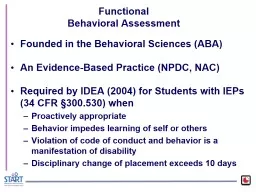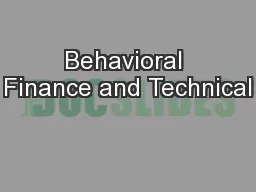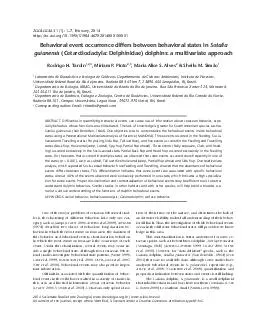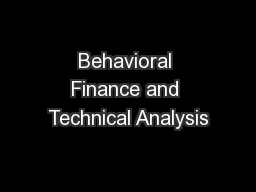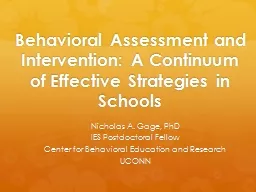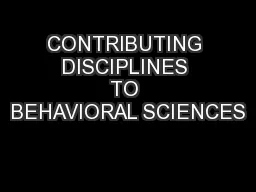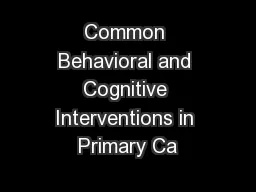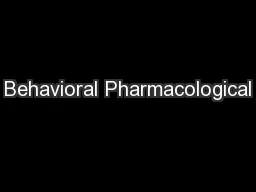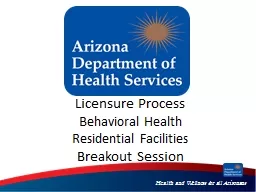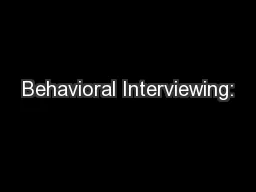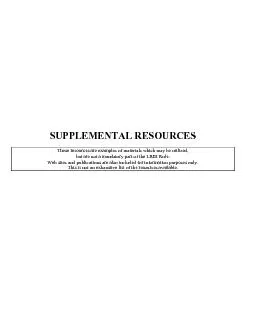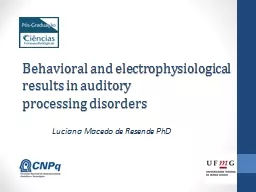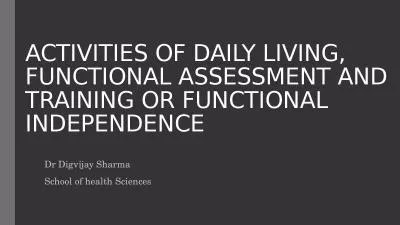PPT-Functional Behavioral Assessment
Author : yoshiko-marsland | Published Date : 2020-01-11
Functional Behavioral Assessment Founded in the Behavioral Sciences ABA An EvidenceBased Practice NPDC NAC Required by IDEA 2004 for Students with IEPs 34 CFR 300530
Presentation Embed Code
Download Presentation
Download Presentation The PPT/PDF document "Functional Behavioral Assessment" is the property of its rightful owner. Permission is granted to download and print the materials on this website for personal, non-commercial use only, and to display it on your personal computer provided you do not modify the materials and that you retain all copyright notices contained in the materials. By downloading content from our website, you accept the terms of this agreement.
Functional Behavioral Assessment: Transcript
Download Rules Of Document
"Functional Behavioral Assessment"The content belongs to its owner. You may download and print it for personal use, without modification, and keep all copyright notices. By downloading, you agree to these terms.
Related Documents

